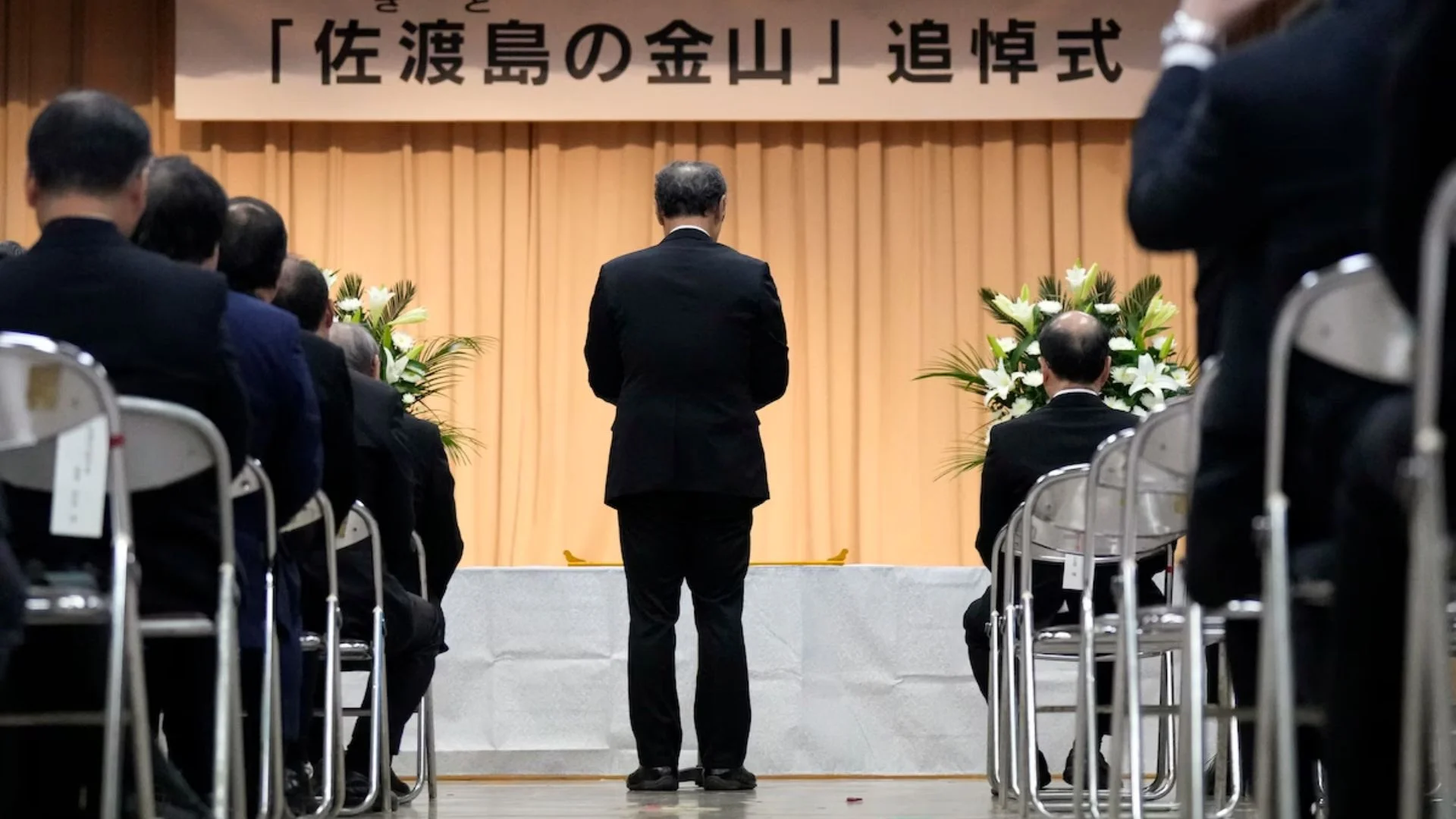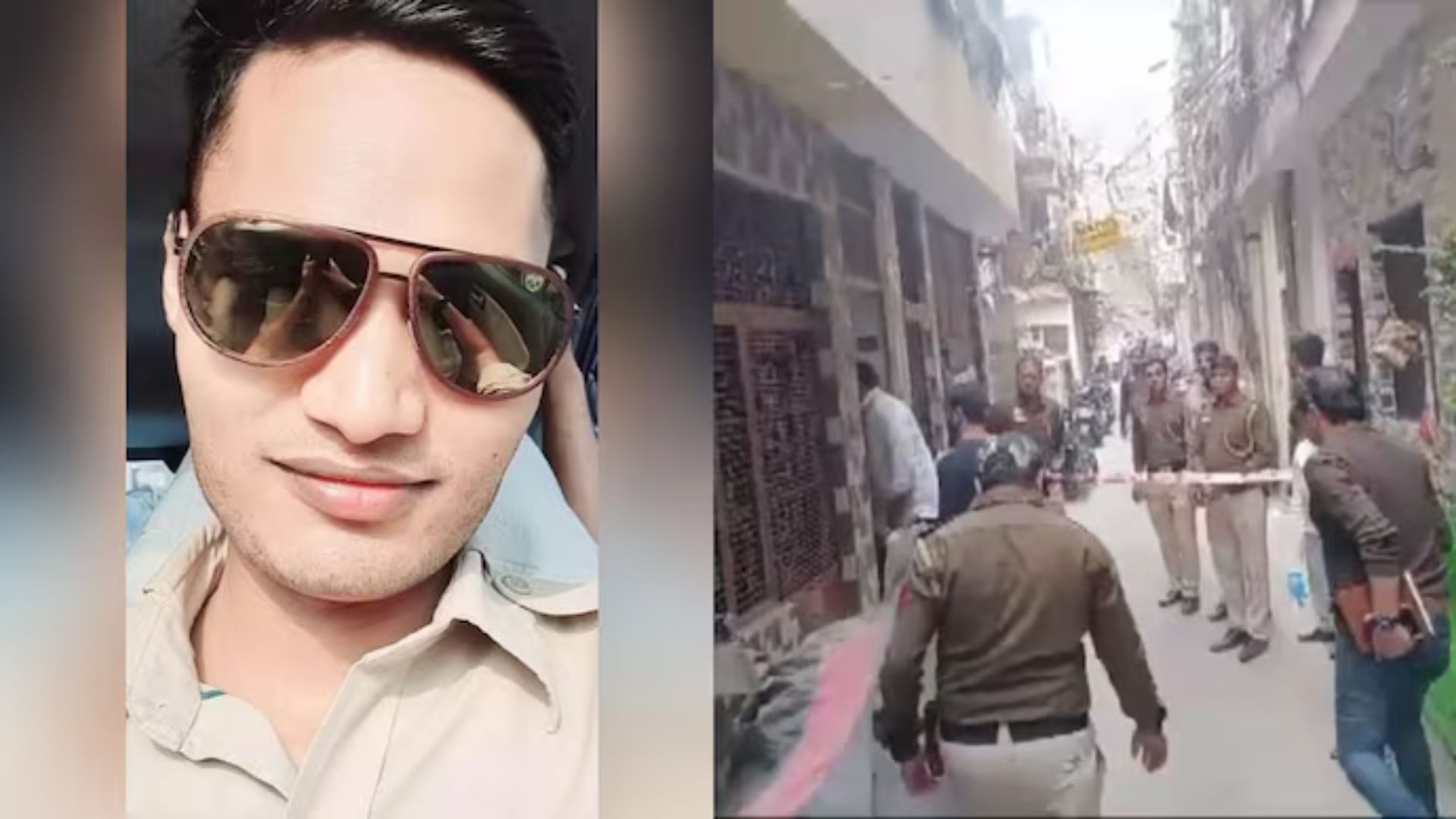
The principle of res judicata is based on the need of giving a finality to judicial decisions. What it says is that once a res is judicata, it shall not be adjudged again. Primarily, it applies as between past litigation and future litigation. When a matter — whether on a question of fact or a question of law — has been decided between two parties in one suit or proceeding and the decision is final, either because no appeal was taken to a higher court or because the appeal was dismissed, or no appeal lies, neither party will be allowed in a future suit or proceeding between the same parties to canvass the matter again. This principle of res judicata is embodied in relation to suits in Section 11 of the Code of Civil Procedure; but even where Section 11 does not apply, the principle of res judicata has been applied by courts for the purpose of achieving finality in litigation. The result of this is that the original court as well as any higher court must in any future litigation proceed on the basis that the previous decision was correct.” – Justice K.C. Das Gupta.
The rule of conclusiveness of a judgment or the doctrine of res judicata is based on the principle that all litigation must sooner than later come to an end. It is founded on equity, justice, good conscience, and requires that once a party has succeeded on an issue, such a party should not be harassed by multiplicity of proceedings on the same issue. Section 11 of the Code of Civil Procedure, 1908, deals with the doctrine of res judicata and states: –
“11. Res judicata. —No Court shall try any suit or issue in which the matter directly and substantially in issue has been directly and substantially in issue in a former suit between the same parties, or between parties under whom they or any of them claim, litigating under the same title, in a Court competent to try such subsequent suit or the suit in which such issue has been subsequently raised, and has been heard and finally decided by such Court.
Explanation I.—The expression “former suit” shall denote a suit which has been decided prior to a suit in question whether or not it was instituted prior thereto.
Explanation II. —For the purposes of this section, the competence of a Court shall be determined irrespective of any provisions as to a right of appeal from the decision of such Court.
Explanation III. —The matter above referred to must in the former suit have been alleged by one party and either denied or admitted, expressly or impliedly, by the other.
Explanation IV. — Any matter which might and ought to have been made ground of defence or attack in such former suit shall be deemed to have been a matter directly and substantially in issue in such suit.
Explanation V.—Any relief claimed in the plaint, which is not expressly granted by the decree, shall for the purposes of this section, be deemed to have been refused.
Explanation VI. —Where persons litigate bona fide in respect of a public right or of a private right claimed in common for themselves and others, all persons interested in such right shall, for the purposes of this section, be deemed to claim under the persons so litigating.
Explanation VII. —The provisions of this section shall apply to a proceeding for the execution of a decree and references in this section to any suit, issue or former suit shall be construed as references, respectively, to a proceeding for the execution of the decree, question arising in such proceeding and a former proceeding for the execution of that decree.
Explanation VIII. —An issue heard and finally decided by a Court of limited jurisdiction, competent to decide such issue, shall operate as res judicata in a subsequent suit, notwithstanding that such Court of limited jurisdiction was not competent to try such subsequent suit or the suit in which such issue has been subsequently raised.”
The doctrine res judicata has originated from the English common law system and has also been termed as Purva Nyaya (former judgment) in the Hindu laws. The Commonwealth nations have acknowledged that once the matter has been decided by the trial court, it should not be attempted again. The doctrine of res judicata is based on three maxims, namely – nemo debet bis vexari pro una et eadem causa (no man should be vexed twice for the same cause), interest reipublicae ut sit finis litium (it is in the interest of the State that there should be an end to a litigation), and res judicata pro veritate occipitur (a judicial decision must be accepted as correct). The Supreme Court has time and again held that res judicata applies to the public interest litigation filed under Articles 32 and 226 of the Constitution of India. The judgments pronounced by the Courts possess a binding character and the State must preserve the authenticity of such pronouncements. The Supreme Court has also provided some exceptions to the doctrine of res judicata that apply when a judgment is passed by a court lacking jurisdiction, when a matter involves a pure question of law, and, when a judgment has been obtained by committing fraud on the Court. Res judicata is confined to a matter actually in issue but another principle known as the principle of constructive res judicata mentioned in Explanation IV of Section 11 of the Code of Civil Procedure, 1908, is an artificial form of res judicata. It provides that a party to a subsequent suit could invoke this principle on the ground that a matter which might and ought to have been made a ground of defence or attack in a former suit, shall be deemed to have been a matter directly and substantially in issue in such a suit.
In Workmen v. Board of Trustees, Cochin Port Trust, (1978) 3 SCC 119, the Supreme Court observed that though the doctrine of res judicata is codified in Section 11 of the Code of Civil Procedure, 1908, but it is not exhaustive. Section 11 generally comes into play in relation to civil suits. But apart from the codified law the doctrine of res judicata or the principle of res judicata has been applied since long in various other kinds of proceedings and situations by courts in England, India and other countries. The rule of constructive res judicata is engrafted in Explanation IV of Section 11 of the Code of Civil Procedure and in many other situations also, principles not only of direct res judicata but of constructive res judicata are also applied. If by any judgment or order any matter in issue has been directly and explicitly decided, the decision operates as res judicata and bars the trial of an identical issue in a subsequent proceeding between the same parties. The principle of res judicata also comes into play when by the judgment and order a decision of a particular issue is implicit in it, that is, it must be deemed to have been necessarily decided by implication, then also the principle of res judicata on that issue is directly applicable. When any matter which might and ought to have been made a ground of defence or attack in a former proceeding but was not so made, then such a matter in the eye of law, to avoid multiplicity of litigation and to bring about finality in it, is deemed to have been constructively in issue and, therefore, is taken as decided.
In Daryao v. State of U.P., (1962) 1 SCR 574, the Supreme Court observed that the judgment of a court of concurrent jurisdiction, directly upon the point, is as a plea, a bar, or as evidence, conclusive between the same parties, upon the same matter, directly in question in another court and that the judgment of a court of exclusive jurisdiction, directly upon the point, is in like manner conclusive upon the same matter, between the same parties, coming incidentally in question in another court for a different purpose. The Court also observed that the doctrine of res judicata is not a technical doctrine applicable only to records but it is a fundamental doctrine of all courts that there must be an end of litigation. The doctrine applies equally in all courts, and it is immaterial in what court the former proceeding was taken, provided only that it was a Court of competent jurisdiction, or what form the proceeding took, provided it was really for the same cause. Res judicata is a rule of universal law pervading every well-regulated system of jurisprudence, and is put upon two grounds, embodied in various maxims of the common law; the one, public policy and necessity, which makes it to the interest of the State that there should be an end to litigation, the other, the hardship on the individual that he should be vexed twice for the same cause.
The Indian Judiciary is already overburdened with frivolous claims and hence, time is ripe to apply this doctrine effectively for saving judicial time. The doctrine of res judicata needs to be used by the Courts frequently for achieving finality in litigation so that the rights of the people are not encompassed by chaos and confusion. This principle has always sought to prevent the abuse of the process of law and promote honesty as well as administration of justice that is fair. If the doctrine is not used constructively, there would be no stop to litigation and the institution of repetitive suits would be very difficult to be prevented. Therefore, it is the need of the hour to make use of this doctrine to promote justice, equity, and good conscience.















